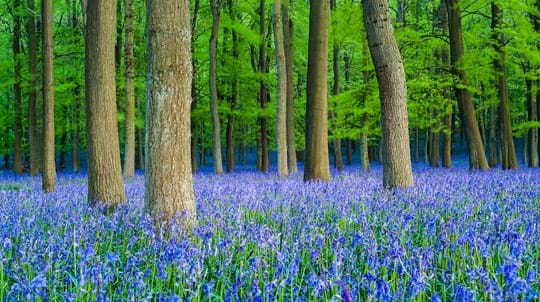
Credit: Nick Upton / naturepl.com
How do St Mark’s flies breed?
St Mark’s flies are short-lived insects, on the wing for just a week. The males emerge first – around St Mark’s Day on 25 April each year – and are usually in flight throughout May. You’ll often see them floating lazily up and down in big swarms with their long legs dangling, trying to attract a mate. Female St Mark’s flies normally appear a few days after the males emerge.
Once they’ve mated, the females lay their eggs in soil or amongst rotting vegetation and die shortly after. The young hatch into larvae in autumn and spend their days tucked away, feeding on roots, grasses and decaying organic matter until spring.







